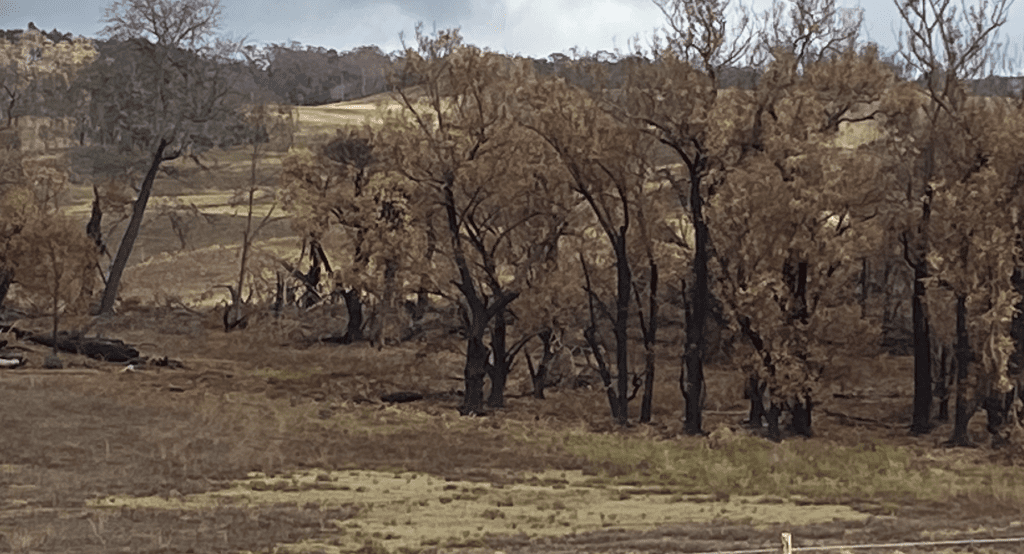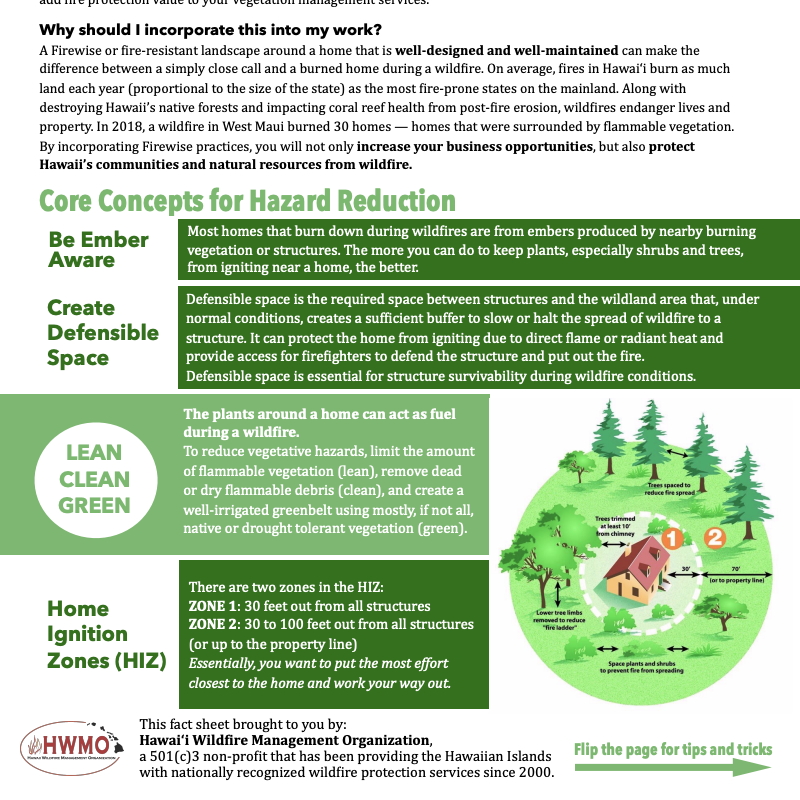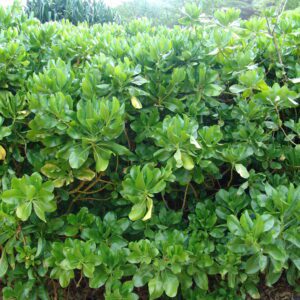While native Hawaiian plants are always desirable, they require a great deal of care, such as water, fencing and weeding. Keep in mind that invasive grasses and herbs will out-compete native species. Even faster growing coastal Hawaiian shrubs such as a`ali`i (Dodonaea viscosa), naupaka (Scaevola taccada), and ground cover such as `uhaloa (Waltheria indica) require vigilant weeding.
It is important to understand that without fences, pigs and goats (deer on Maui and Lāna`i, sheep on Hawai`i Island and Lāna`i) may eat, root and disturb these plants, although some coastal plants like milo (Thespesia populnea), kamani (Calophyllum inophyllum) and naupaka may be less desirable to ungulates. Ecosystem preparation (soil nutrient considerations, soil stabilization, and preferably fencing) and a long-term commitment to weeding (manually or with herbicide) is required to make native species restoration a success.




